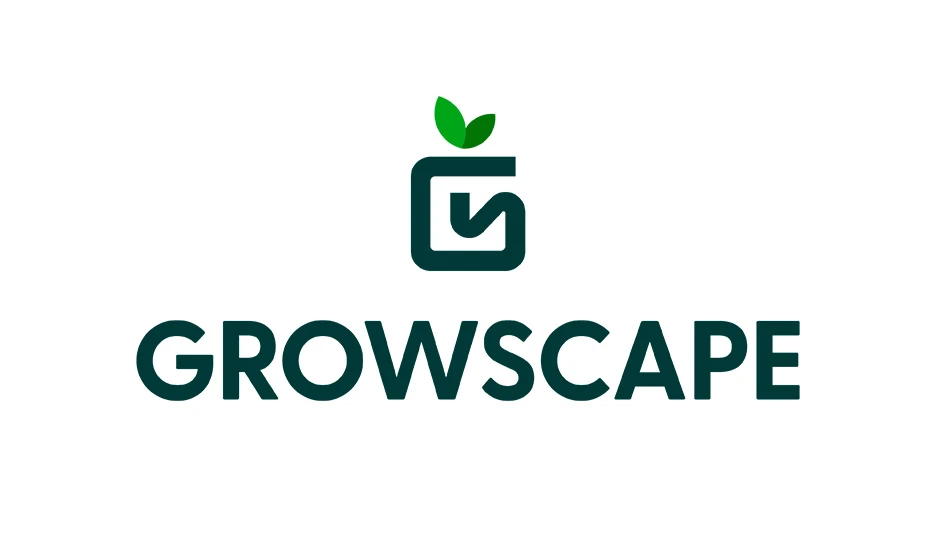
Photo: Adobe Stock
Between fastidiously maintaining their crops’ growth while monitoring for the presence of insect pests — possibly through the use of beneficial insects — most growers already have a handful of living things to worry about. But they might want to consider bringing one more creature into their greenhouse. That creature is the bee, and it has a symbiotic relationship with plants that predates agriculture.
Produce Grower caught up with CropKing horticulturist Jake Emling, who explained the need for pollination, compared bee pollination to other pollination types, discussed different types of bees and their functions, and shared how to care for bees.
Jake Emling: All crops that are pollinated outside in nature by insects will benefit from using bees and pollination insects inside of the greenhouse. [The] most common [crops] that we see here at CropKing are tomatoes, peppers, eggplants, strawberries and other indoor berry crops.
JE: Bees are a more efficient way for pollinating compared to using a wand or hand pollinating. There are cases with certain growers we work with that are not allowed to use bees in their greenhouse due to import rules, but in most cases, it is not a problem. Bees work as long as the conditions inside the greenhouse are “comfortable” for them.
JE: Bees that are often used in the greenhouse for pollination purposes are a type of bumblebee. The reason for this type of bee instead of honeybees is the bumblebees will leave the hive and look for flowers in conditions that are not as favorable for honeybees. Also, bumblebees are looking for pollen and do not produce honey, which makes them the ideal choice.
JE: Often the type of bees that are available for growers to use in their greenhouses are Bombus impatiens, which is a commonly found bumblebee in the USA. This species of bee is considered to be a social bee [and] have a colony size up to 450 bees in a hive. The reason for using a social type bee is to allow for [easy handling] and for the large number of bees in a hive.
JE: [The] most important thing to consider is the management practices inside of the greenhouse in terms of the environment and dealing with other insects. The bees are sensitive to specific chemicals, and [I] would recommend [using] only pesticides that are [labeled as] bee safe. As long as the environmental conditions are favorable for bees to leave the hive and forage, and no harsh chemicals are exposed to the bees, they should be happy workers.
JE: The placement of the hives is important to the success of the hive. We recommend that the hives be placed on a flat surface away from the fans — nearing a vent or wet wall is best — with the hive about 1 to 2 feet above the ground. In the summer, place the hive on the south side to benefit from the shadow of the crop over the hive, to reduce the heat on the hive. In the winter, do the opposite and place the hive in a spot where the hives gets the first amount of light. Make sure that the opening of the hive is clear of obstacles so the bees can find the entrance easily and [it] is away from any insects — mostly ants — being able to get to the sugar water inside of the [hive] box.
PG: What are the optimal temperature and relative humidity conditions for bees?
JE: The hives work best in temperatures of 59° F to 86° F with a relative humidity of 65 percent. Research has shown that relative humidity above 85 percent reduces the amount of brood (baby bees) that are produced in the hive. In cases when the relative humidity is too high, the bees tend to spend their time fanning (moving their wings with other bees to regulate the humidity within the hive) and do not go out to forage in the greenhouse. Also, temperatures outside of the ideal range will prevent the bees from visiting the flowers.
PG: How often do growers need to replace their beehives?
Latest from Greenhouse Management
- Pennsylvania Horticultural Society shares top gardening trends from 2025 Philadelphia Flower Show
- California Spring Trials 2026 dates announced
- Les Evans promoted to DRAMMwater segment manager, Al Zylstra to retire
- Hoffmann Family of Companies to acquire N.G. Heimos Greenhouses
- GIE Media Horticulture Group wins five regional 2025 Azbee Awards of Excellence
- Grant awarded to test western U.S. wood species for use as wood fiber potting substrate
- Pennsylvania Horticultural Society announces 2025 Gold Medal Plant winners
- Oasis Grower Solutions announces new Southeast territory sales manager





